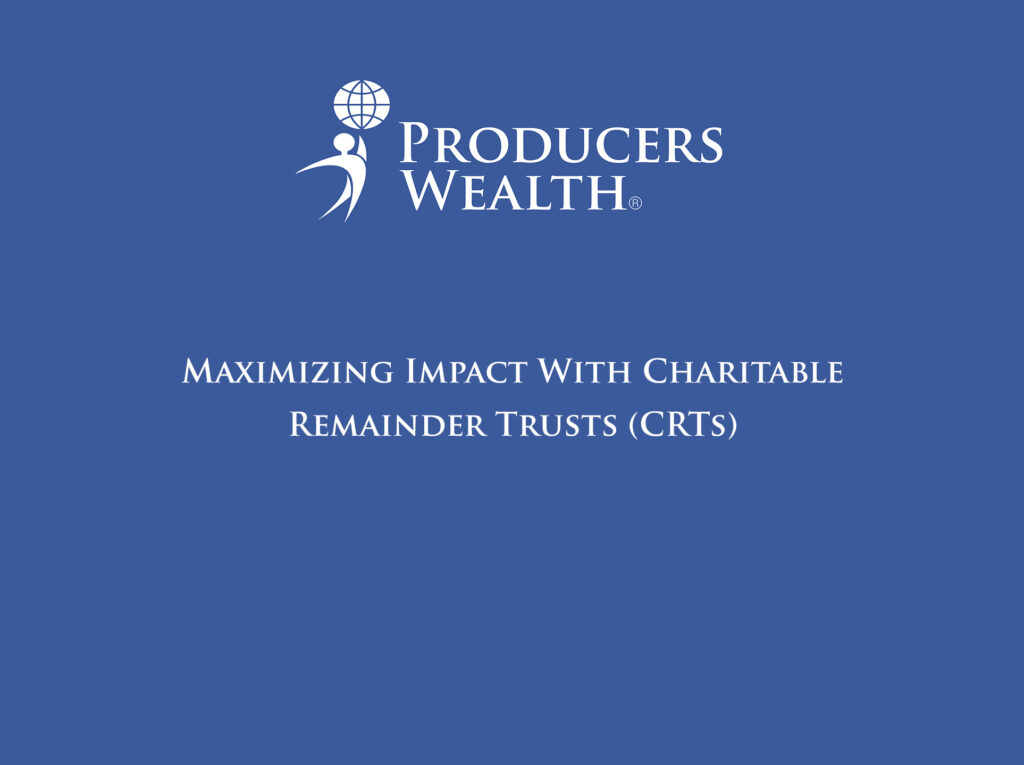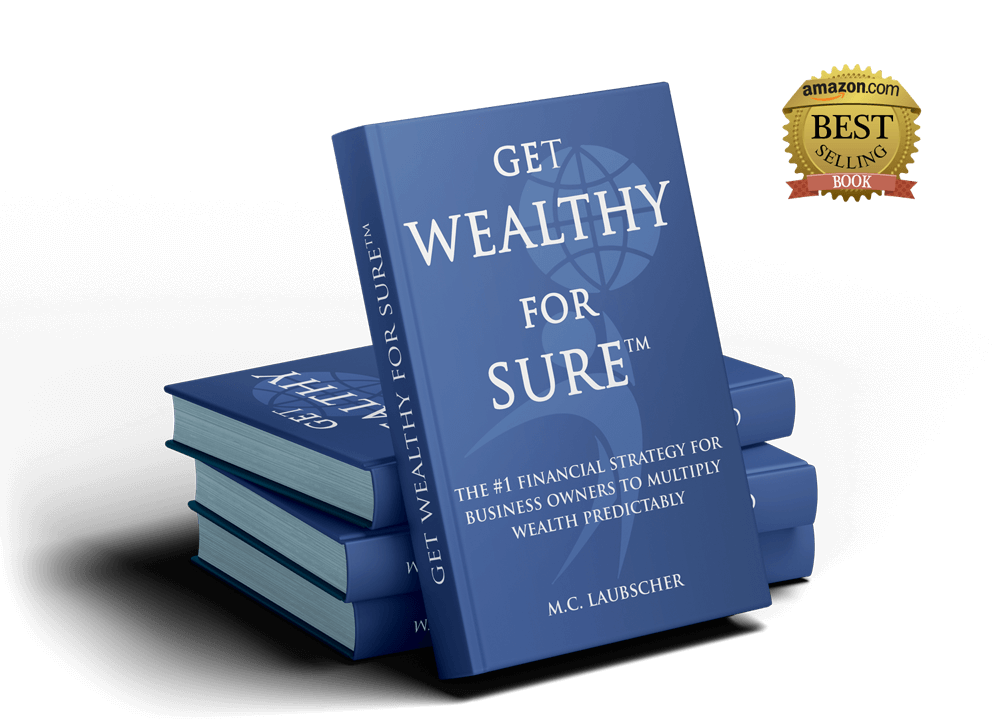
Charitable Remainder Trusts (CRTs) offer individuals a unique opportunity to support charitable causes while providing for themselves or their loved ones. In this blog post, we’ll explore what CRTs are, the different types available, how they work, their benefits, potential pitfalls, case studies, and the positives and negatives associated with these charitable planning tools.
What is a Charitable Remainder Trust (CRT)?
A Charitable Remainder Trust (CRT) is an irrevocable trust that allows donors to transfer assets, such as cash, securities, or real estate, to the trust, while retaining an income stream for themselves or other beneficiaries for a specified term or for life. After the trust term ends or upon the death of the last income beneficiary, the remaining assets pass to one or more designated charitable organizations.
Different Types of CRTs:
- Charitable Remainder Annuity Trust (CRAT): In a CRAT, the donor or other designated income beneficiaries receive fixed annual payments from the trust, calculated as a percentage of the initial fair market value of the trust assets.
- Charitable Remainder Unitrust (CRUT): In a CRUT, the donor or other designated income beneficiaries receive annual payments from the trust based on a fixed percentage of the trust’s assets’ value, as determined annually.
How Does a Charitable Remainder Trust Work?
In a CRT, the donor transfers assets to the trust, which then pays income to the donor or other designated income beneficiaries for a specified term or for life. After the trust term ends or upon the death of the last income beneficiary, the remaining assets are distributed to one or more charitable organizations.
Benefits of Charitable Remainder Trusts:
- Income Stream: CRTs provide donors with a reliable income stream during their lifetime or for a specified term.
- Charitable Giving: CRTs allow donors to support charitable causes while potentially reducing estate and gift tax liabilities.
- Capital Gains Tax Deferral: By transferring appreciated assets to a CRT, donors may be able to defer capital gains tax on the sale of those assets.
Potential Pitfalls of Charitable Remainder Trusts:
- Irrevocability: Once assets are transferred to a CRT, the trust becomes irrevocable, and donors relinquish control over those assets.
- Complexity: CRTs are subject to complex legal and tax rules, and navigating the intricacies of these trusts requires careful planning and professional guidance.
- Minimum Distribution Requirements: CRTs are required to distribute a minimum percentage of their assets annually to income beneficiaries, which can impact the trust’s ability to preserve assets for charitable beneficiaries.
Case Studies:
- The Smith Family’s CRAT: The Smiths establish a CRAT to provide themselves with a fixed annual income stream while ultimately benefiting their favorite charitable organization. The trust pays the Smiths a fixed annual amount for 20 years, after which the remaining assets pass to the charity.
- The Johnsons’ CRUT: Mr. and Mrs. Johnson create a CRUT to provide themselves with a flexible income stream based on a percentage of the trust’s assets’ value, with the remainder ultimately passing to their children’s college fund.
Positives and Negatives of Charitable Remainder Trusts:
Positives:
- Income stream for donors or other income beneficiaries
- Support for charitable causes
- Potential reduction of estate and gift tax liabilities
Negatives:
- Irrevocability and loss of control over trust assets
- Complexity and legal requirements
- Impact on charitable distributions and preservation of assets
In conclusion, Charitable Remainder Trusts (CRTs) offer a powerful mechanism for individuals to support charitable causes while providing for themselves or their loved ones. While CRTs come with potential pitfalls and considerations, with careful planning and professional guidance, they can provide donors with a meaningful way to leave a lasting impact on the causes they care about most.
Watch all of our educational videos on Infinite Banking here.
Disclaimer and Waiver
Michiel Laubscher & Laubscher Wealth Management LLC is not an investment advisor and is not licensed to sell securities. None of the information provided is intended as investment, tax, accounting, or legal advice, as an offer or solicitation of an offer to buy or sell, or as an endorsement, of any company, security, fund, or other offerings. The information should not be relied upon for purposes of transacting securities or other investments. Your use of the information contained herein is at your own risk. The content is provided ‘as is’ and without warranties, either expressed or implied. Michiel Laubscher & Laubscher Wealth Management LLC does not promise or guarantee any income or specific result from using the information contained herein and is not liable for any loss or damage caused by your reliance on the information contained herein. Always seek the advice of professionals, as appropriate, regarding the evaluation of any specific information, opinion, or other content.





